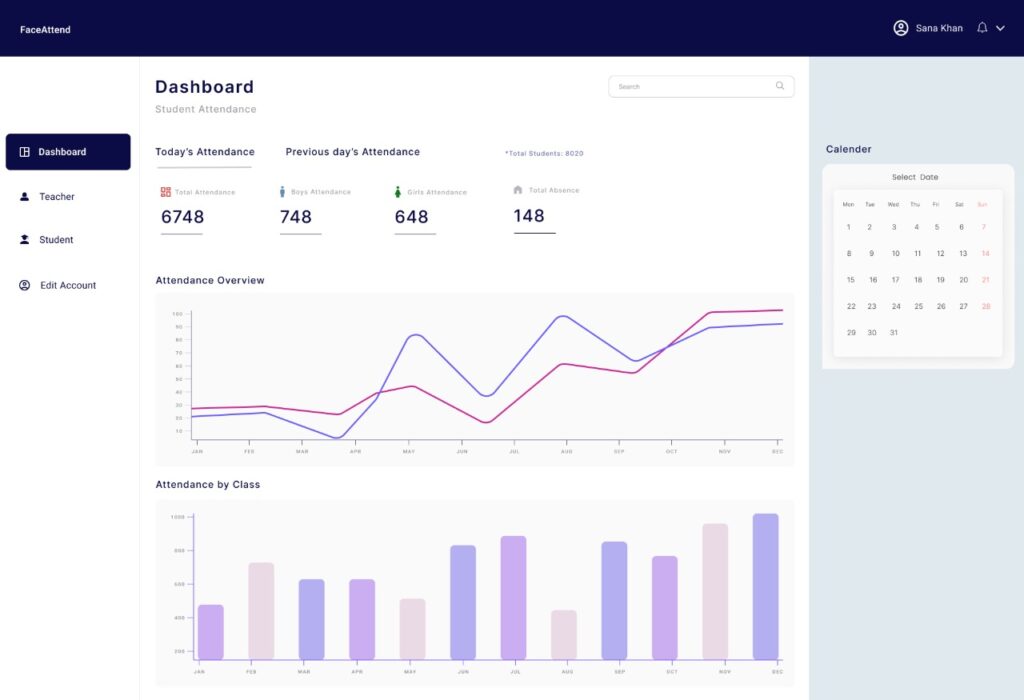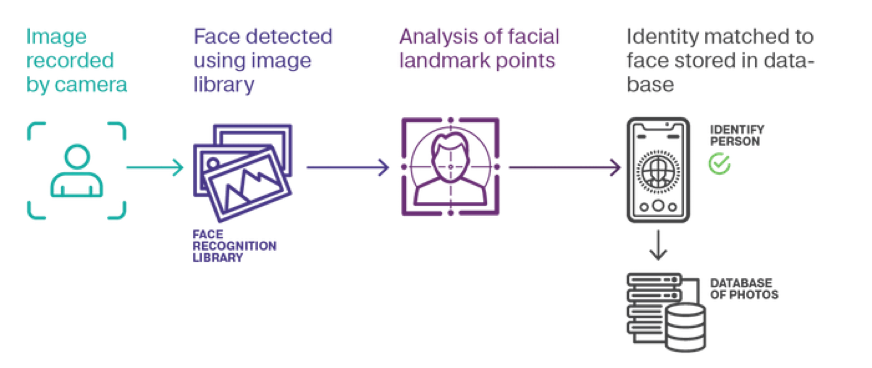university
99.2% Attendance Accuracy with Facial Recognition

The Challenge
University student attendance comes with many challenges. Done manually, it’s a repetitive, time-consuming task, where some students have found ways of ‘gaming the system’. The larger the class, the less likely the teacher or professor remembers each student and the easier it is for fellow students to act as a proxy for absent friends.
The client, a leading university was suffering from a lack of consistency in the process, and losing valuable time due to manual record attendance. Maintaining a student attendance register is a perennial problem for universities that use a manual headcount approach.
Solution
Vacon recommended facial recognition technology to automate student attendance using existing CCTV throughout the university. Vacon developed an AI model and web-based software that recognizes students as they walk through entrance hallways scattered throughout the university, and on approach to classes and lecture halls.
Matching was conducted by a one-time biometric photo upload to a database used as the control for machine learning identification. Only one photo per student was required for accurate identification.
How it works:

- Detection: The Hog model from the face-recognition module in python performs face detection.
- Classification: detected faces are matched to the photo database using embeddings computed from each image.
- Embedding: FaceNet computes facial embeddings for every image. A threshold was selected to match face embeddings with the stored DB.
- Results: web sockets report results on the website page, including the student’s name and student ID numbers with their photo.
Tech Stack






Results
- Zero minutes are required for every class to perform repetitive administrative tasks in student attendance.
- 100% of the time is given back to teachers and professors to do what they do best: teach knowledge.
- 100% class time for dedicated teaching. No more administrative tasks are conducted during student class time.
- 99% accuracy in facial recognition conducted within seconds.
- Anecdotal results: reported overall reduction in complaints of behavioral misconduct given students were aware cameras recognized their location and movements.